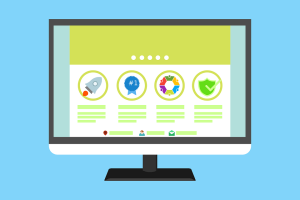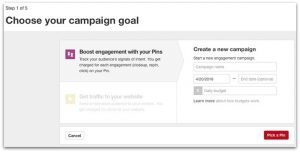
Each day, I am honored when people connect with me via LinkedIn, Twitter, Facebook, and e-mail. Most people want to share a conversation, or ideas. Sometimes we have the good fortune of meeting in person when I travel to their area or vice versa. We build a virtual community or tribe as Seth Godin and Chris Brogan often discuss. Sadly, some people still use annoying tactics on social media sites they presumably learned in slime school. Such tactics destroy your social media reputation and act to repel rather than attract potential business.
Nobody knowingly is guilty of these atrocities. Rest assured plenty of people are using these horrible tactics. You could be guilty and not even realize it. I hope you’ll appreciate why these tactics are not OK either in person, or in social media.
Would You Stand On A Table And Pound Your Chest At A Luncheon?
If you attended a networking event, would you stand in the middle of the room and shout out stuff about yourself? That’s what many people do with social media. They send brilliantly crafted, valuable messages to their community including, “Like my page,” or “Share this with your contacts.” Nobody wants to hear that garbage.
I wish I could find the genius who first told someone that it was a good idea to blast people with information they didn’t request. Think of social media as a community (Derek Coburn shared this concept well in his book). In a community, you most appreciate the person who helps others and adds the most value to other members of the group. This is what makes Chris Brogan such a popular figure. Chris always gives others credit… even when he deserves it. He seeks first to give to others before asking for himself. There is a reason why Brogan is such an in-demand speaker on the subject of building an engaged community for your business.
I was inspired by Shashi Bellamkonda’s article about how people jump the gun with online connections. Shashi highlights how so many individuals have violated the principle of social media. Two of my favorite points he shared:
About Twitter Direct Message: “Definitely never to establish a sales relationship the minute they followed you.” Shashi goes on to share that just because someone connects via social media, you did not earn permission to send them a direct message soliciting business.
About New LinkedIn Connections: “When you connect with someone on LinkedIn, sending them a sales pitch immediately is not good practice.”
Somewhere, someone probably said, “You have to keep telling people what you do. Be sure to ask for the order. Every communication needs to give them an opportunity to buy.” If you sell snake oil, go for it.
The goal of a community is not in raw numbers. If you measure impressions and shares, you might be missing the point of connecting. If the person who connected to you knew you’d be sending them a daily message promoting yourself, they might not have accepted the connection in the first place. Rather, you want to attract like-minded people where you can add value.
Demonstrate The Value You Bring To Your Network
The mistake I often see is that if there is a room of 150 people (or an online community of 50 million), you might be thinking that your goal is to see which of the 150 people is a good potential client for what you have to sell. Instead, realize that each of those people is a potential connection to hundreds of other people you might be able to help. Instead of telling people how smart you are, or what type of work you do, consider sharing a description of the situation your ideal client might be facing where you can offer incredible assistance.
Craft Your Message To Help vs. To Sell
When I met Jordan Harbinger of the popular The Art of Charm, he didn’t start by saying what he did. Rather, he explained how he helps his audience. “I help average guys become extraordinary men.”
Omar Zenhom of the $ 100 MBA just launched WebinarNinja. “People often rip their hair out trying to get webinar tools to work the way they want. We had the same frustration. After searching everywhere, we finally bit the bullet and designed and built a tool to fix that problem once and for all. If you know anyone with Webinar experience, we’d love to get their feedback.”
Notice that in each example, Jordan and Omar talk about how they help their community, rather than what they sell.
The next time you have a desire to shout out your attributes in a crowded room (physical or virtual), just remember that nobody wants to hear it. But, if you can articulate how you help others, someone in the room just might connect you to someone who would be glad to meet you and learn more.
It’s Your Turn
Post how you help others. I’ll call-out the ones that are not self-promotional, but actually illustrate the people you help most. Also, please take the conversation to Twitter, LinkedIn or your favorite social network.
(228)





